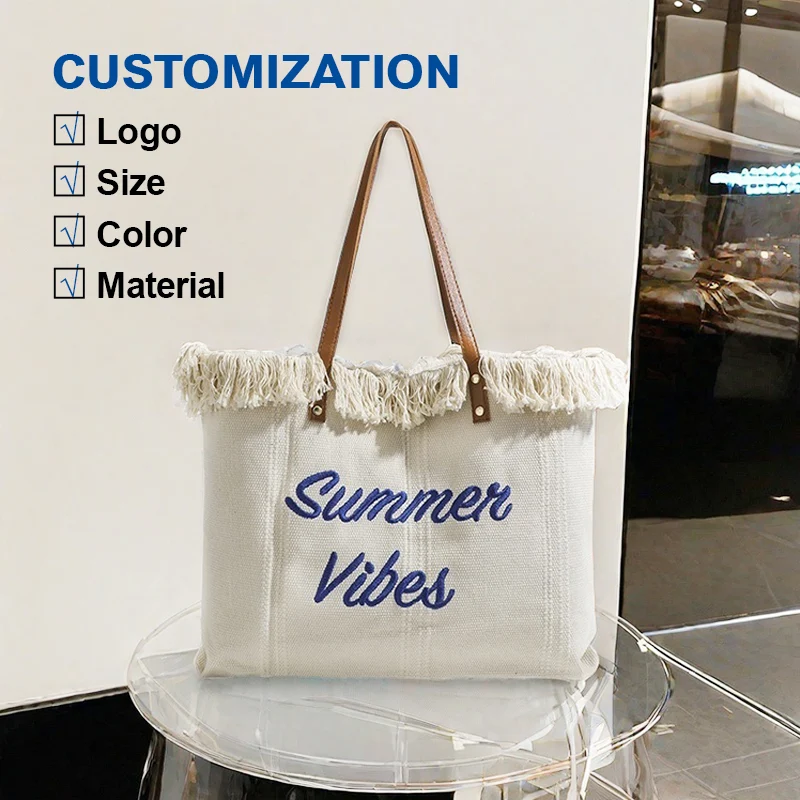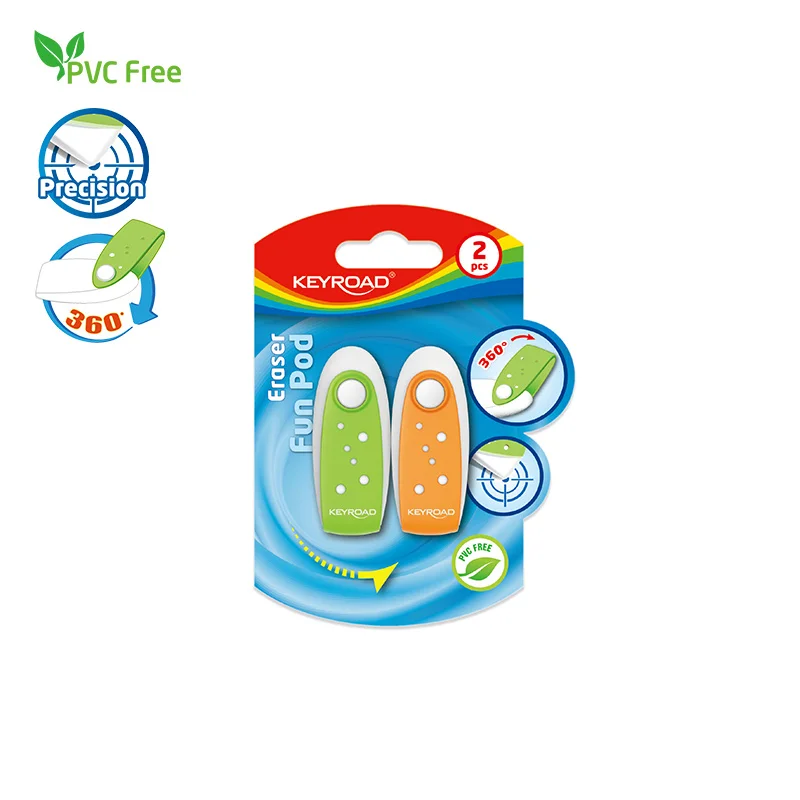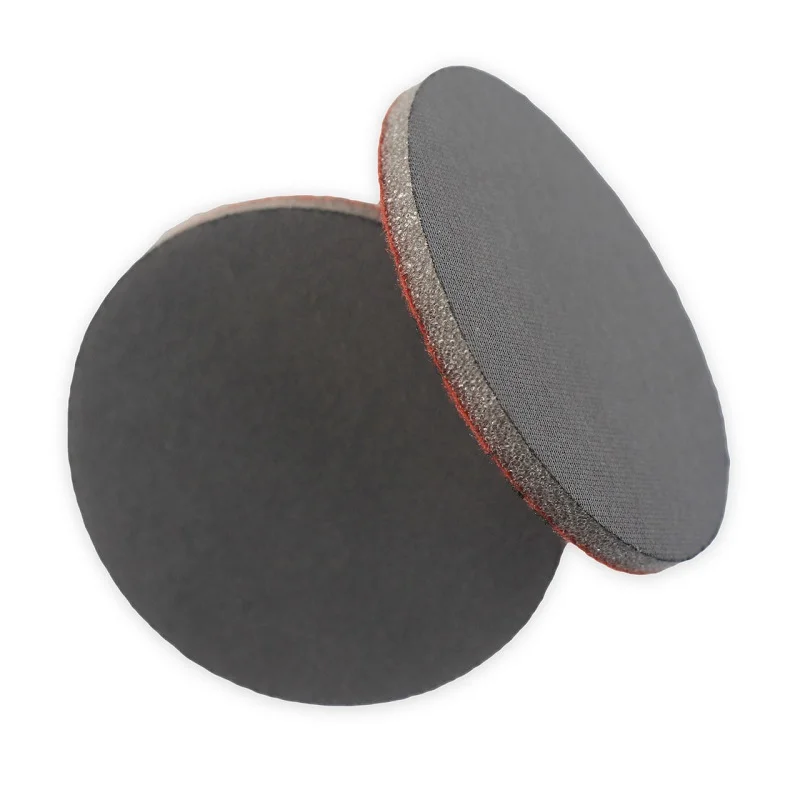Unraveling the Fabric: What is Most Athletic Clothing Made Of?
3 min readIn the ever-evolving world of fitness and sports, the importance of athletic clothing cannot be overstated. The right gear not only enhances performance but also contributes to comfort and safety during physical activities. But have you ever wondered what actually goes into the making of your favorite workout apparel? Understanding the materials that constitute athletic clothing can help you make informed choices, whether you’re a casual gym-goer or a professional athlete. Let’s delve into the intricacies of athletic fabrics, their properties, and their applications.
The Core Materials of Athletic Clothing
Athletic clothing is primarily made from synthetic and natural fibers, each offering unique benefits tailored to various sports and activities. Here’s a closer look at the most common materials used:
- Polyester
Polyester is one of the most prevalent materials in athletic wear. Renowned for its durability and moisture-wicking properties, polyester effectively pulls sweat away from the skin, allowing for quick evaporation. This feature is particularly beneficial for high-intensity workouts where perspiration is abundant. Additionally, polyester is resistant to shrinking and stretching, making it an ideal choice for form-fitting garments like leggings and compression shirts.
- Nylon
Nylon is another synthetic fiber that has gained popularity in athletic clothing. Its lightweight nature and exceptional elasticity make it perfect for activewear that requires a full range of motion. Nylon also boasts excellent abrasion resistance, making it suitable for outdoor activities such as hiking and climbing. However, it is worth noting that nylon does not wick moisture as effectively as polyester, which can lead to discomfort during prolonged workouts.
- Spandex (Lycra)
Often blended with other materials, spandex (or Lycra) is celebrated for its remarkable stretchability. This fiber allows garments to maintain their shape while providing a snug fit that supports muscle movement. Spandex is commonly found in yoga pants, cycling shorts, and fitted tops, where flexibility is paramount. Its ability to return to its original shape after stretching makes it a staple in athletic apparel.
- Merino Wool
While synthetic fibers dominate the athletic clothing market, natural fibers like merino wool are gaining traction, especially in the realm of outdoor sports. Merino wool is known for its temperature-regulating properties, keeping the body warm in cold conditions and cool when it’s hot. Additionally, it has natural moisture-wicking capabilities and is odor-resistant, making it an excellent choice for long-duration activities like hiking and skiing.
- Bamboo
Bamboo fabric is emerging as a sustainable alternative in athletic wear. It is soft, breathable, and possesses natural antibacterial properties, which help reduce odor. Bamboo is also highly absorbent, making it suitable for low to moderate-intensity workouts. However, its durability compared to synthetic fibers may limit its use in high-impact sports.
The Role of Fabric Technology
Beyond the basic materials, advancements in fabric technology have revolutionized athletic clothing. Innovations such as moisture management systems, anti-odor treatments, and UV protection are now commonplace. For instance, many brands incorporate technologies like Coolmax and Dri-FIT, which enhance moisture-wicking capabilities and improve overall comfort during workouts.
Choosing the Right Fabric for Your Activity
When selecting athletic clothing, it’s essential to consider the specific demands of your chosen activity. Here are some guidelines:
- High-Intensity Workouts: Opt for polyester or blends that include spandex for maximum moisture management and flexibility.
- Outdoor Activities: Look for merino wool or bamboo for temperature regulation and comfort in varying weather conditions.
- Low-Impact Exercises: Fabrics like cotton or bamboo can be suitable for yoga or Pilates, where breathability and softness are prioritized.
Conclusion
Understanding the materials that make up athletic clothing is crucial for anyone looking to enhance their performance and comfort during physical activities. From the moisture-wicking properties of polyester to the temperature-regulating benefits of merino wool, each fabric serves a specific purpose tailored to different sports and personal preferences. As technology continues to advance, the future of athletic apparel promises even more innovative solutions to meet the needs of athletes and fitness enthusiasts alike. By making informed choices about the materials you wear, you can elevate your workout experience and achieve your fitness goals more effectively.



